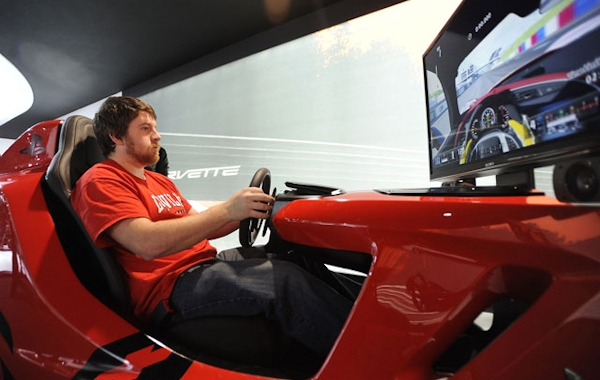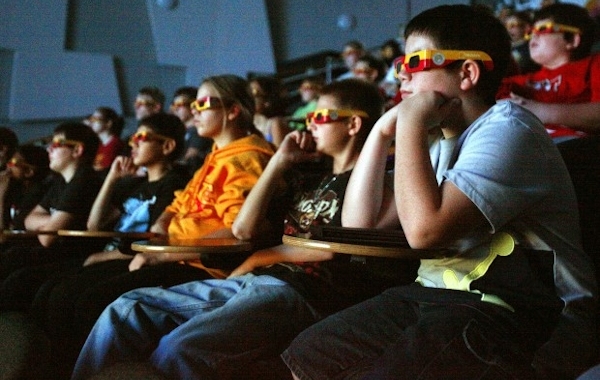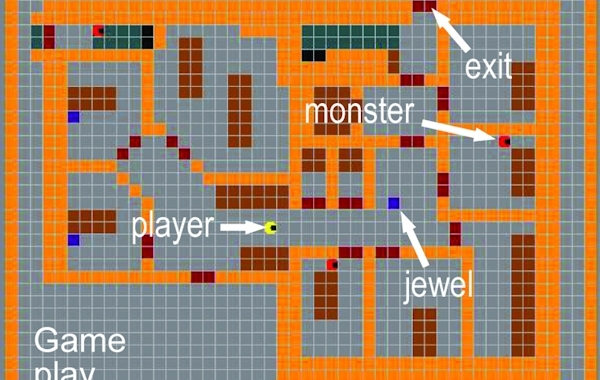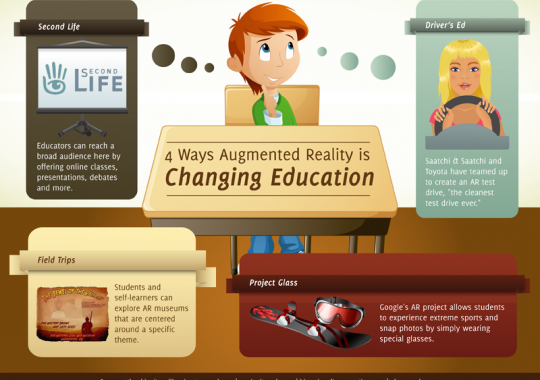Automakers Put Attendees Virtually In the Driver’s Seat
Detroit— The North American International Auto Show is letting consumers get a taste of what it’ll be like to be behind the wheel of many new models.
In the middle of the Ford Motor Co. show floor, people can test their racing skills in the virtual simulation of the brand’s sports technology of the Focus. Technicians strap volunteers into an elevated two-seat cockpit controlled by four mechanical legs that allow the drivers to feel every twist and turn as they compete for the best lap time.









